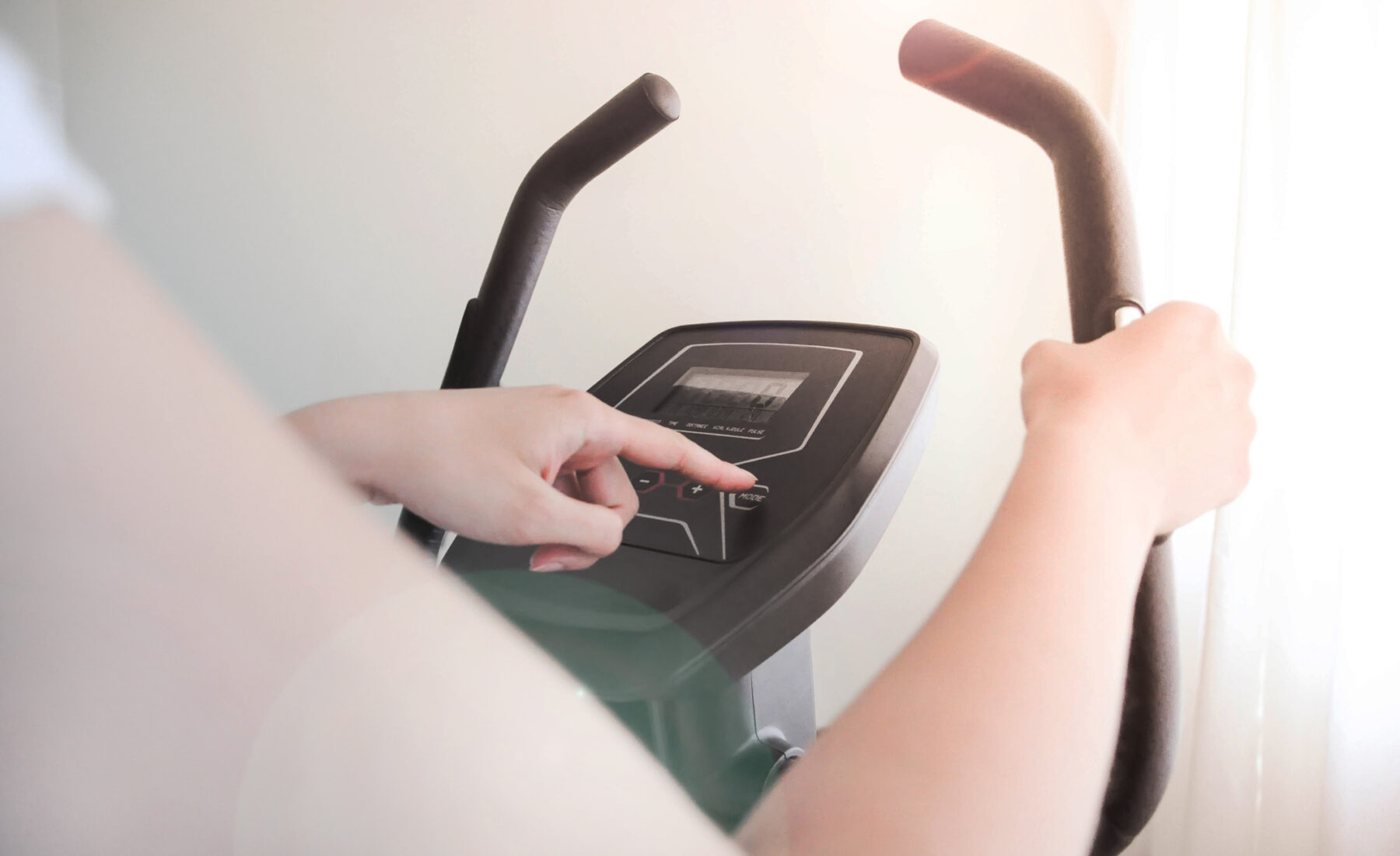The Power of HIIT for Parkinson’s

A small pilot study has found that high-intensity interval training (or HIIT) can have positive effects for people with Parkinson’s, both on overall well-being and potentially on brain chemistry.
Being active is an important aspect of staying healthy, and regular exercise is associated with positive effects on both Parkinson’s motor symptoms – such as tremors and rigidity, and non-motor symptoms – such as cognitive changes, depression and fatigue. Given this relationship, researchers have been interested in uncovering how exercise achieves this effect and whether certain types of exercise may be more beneficial than others.
A study from Yale University has provided new evidence that exercise may be increasing dopamine production and activity in the brains of people with Parkinson’s. Dopamine is a type of neurotransmitter – a chemical that carries messages between neurons (nerve cells) – that plays a pivotal role in regulating motor control. It is the gradual loss of dopamine-producing neurons in the part of the brain controlling movement that causes Parkinson’s to develop and progress.
To test if exercise can help with dopamine production, researchers recruited 13 people with Parkinson’s to participate in a HIIT programme. Participants enrolled in this programme via the ‘Beat Parkinson’s Today’ gyms: a US charity that designs exercise routines and provides access to personal trainers for people with Parkinson’s. During the study, participants took part in classes three times a week over 6 months.
To track changes in dopamine levels, participants underwent DaTSCANs at the beginning and end of the study. DaTSCANs, a type of brain imaging method which measures dopamine activity in a part of the brain called the striatum, are sometimes used in the diagnosis of Parkinson’s as well as included in many clinical trials, such as the ongoing phase 3 trial of exenatide. At the end of this study, researchers observed a significant increase in DATscan activity, indicating exercise may have a beneficial effect on dopamine availability and neuron function.
Moving forward, the researchers now hope to validate these results in a larger study and investigate the underlying mechanisms of this positive effect.




